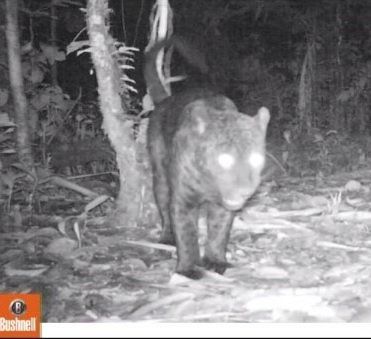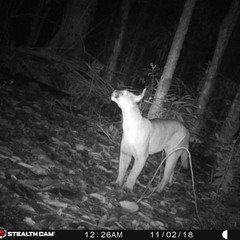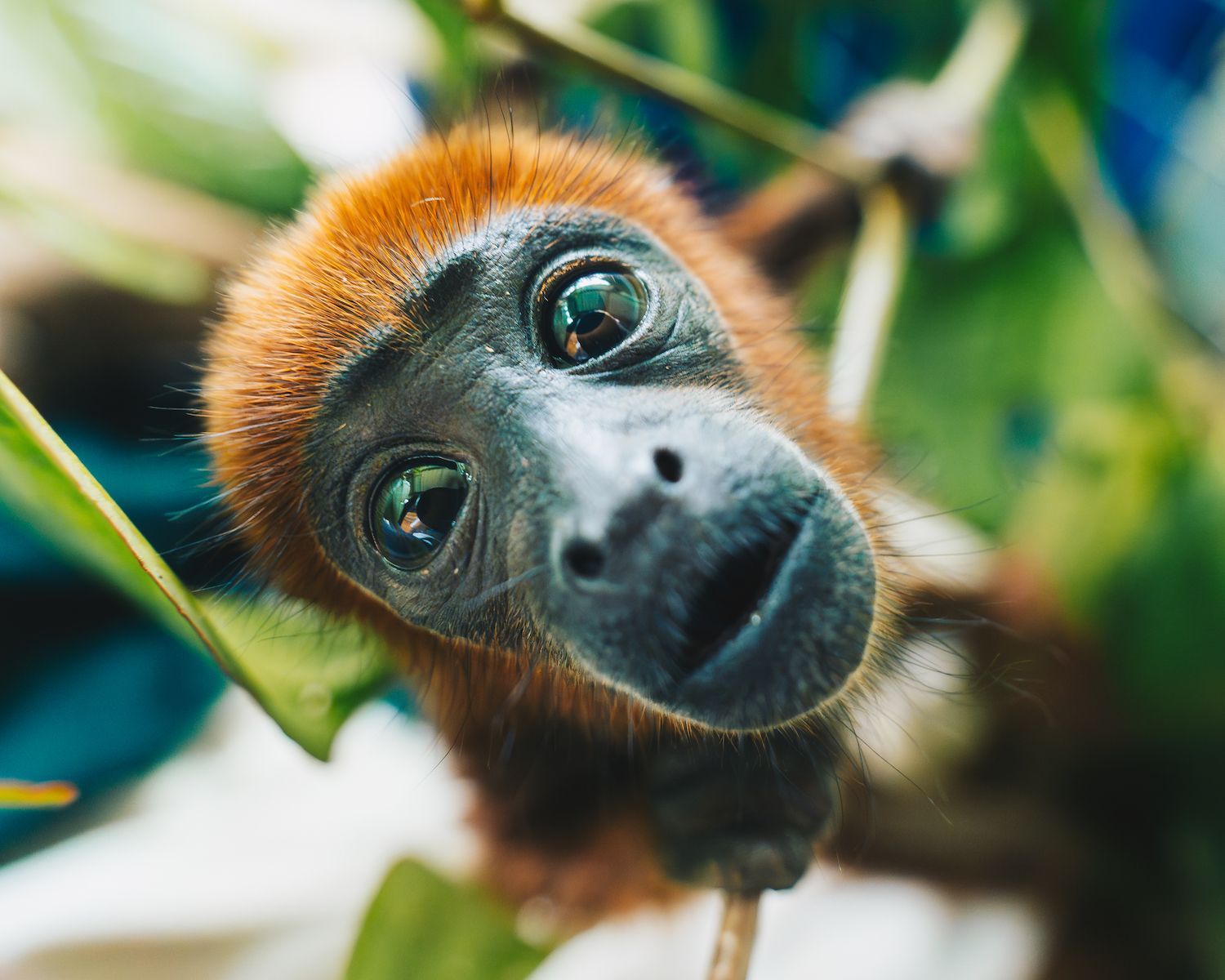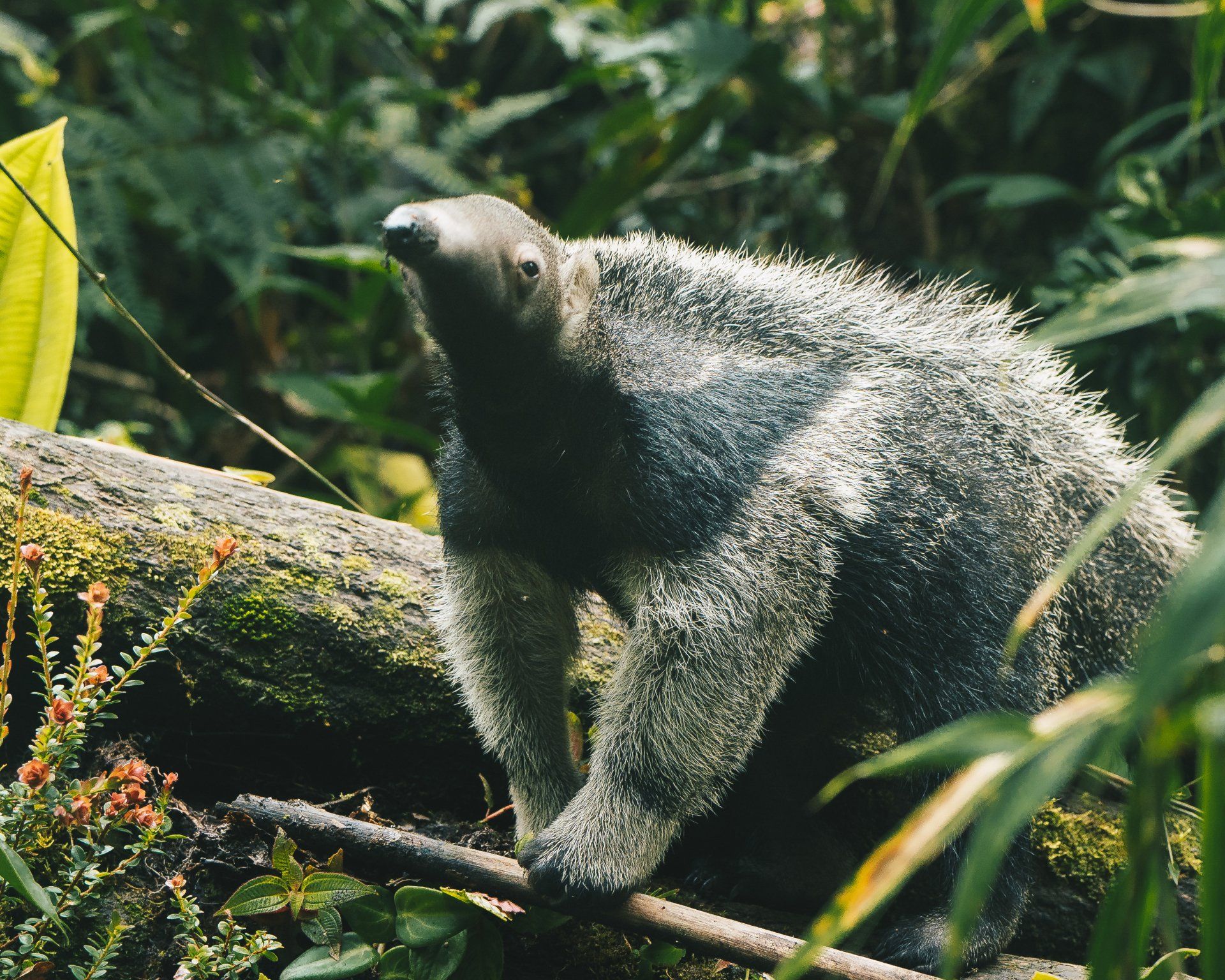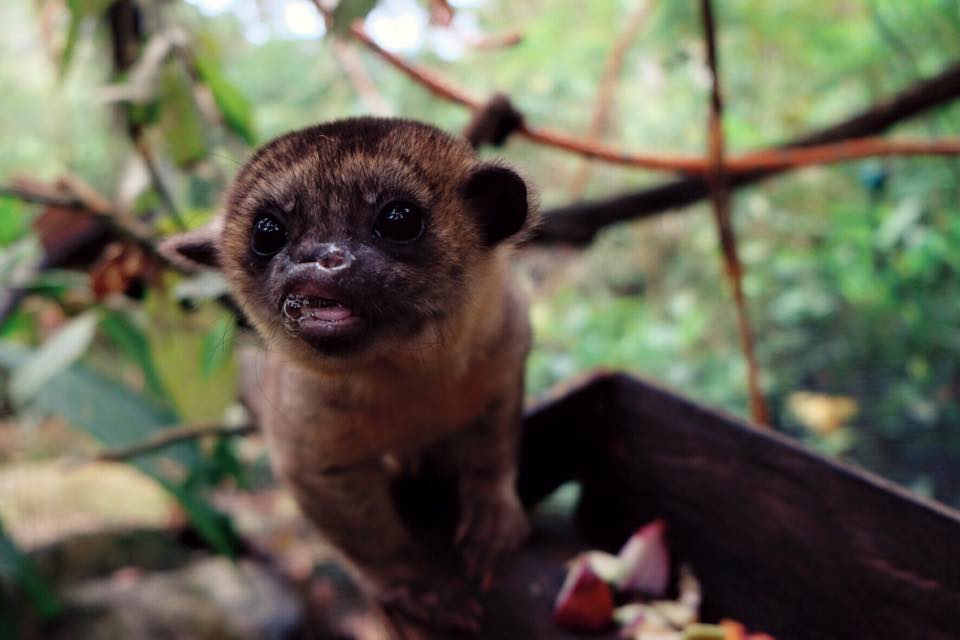Rising Wildlife Activity in Merazonia
Jul 13, 2019
Conservation also means: Do nothing. Letting the forest recover on its own takes time but a forest free of human dangers brings back biodiversity.
The Merazonia reserve has gone through an amazing recovery since we created it 15 years ago. Emblematic animals such as the jaguar, Andean bear and the puma have started to appear again! On our YouTube channel you can find various videos of animals filmed by our trail cameras.
Mammals and birds
But there has also been an enormous increase in the quantity and variety of birds that we see nowadays. The beautiful bright orange cock of the rock for example, was a rare sight but is now spotted on a daily basis. The sounds of a nearby lek (a place where male birds come to display) can be deafening.
So what did we do to achieve this? Well, the honest answer is: nothing. Before we bought the land, there had been logging activity going on in the area. And some of the land was used for cattle grazing. The forest had deteriorated. There were few primates left, less birds - both important seed dispensers. Small mammals disappeared and without them, the forest could no longer sustain bigger animals.
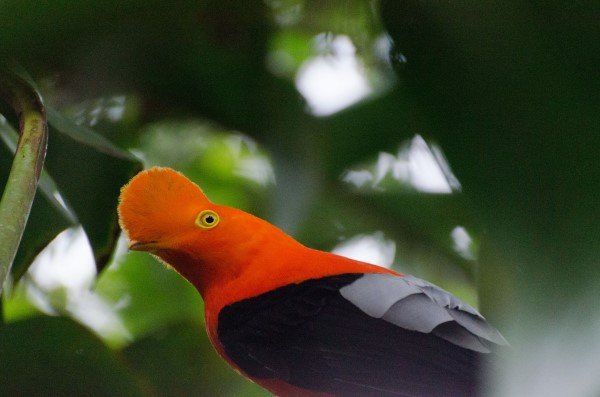
Reforestation
Yes, we initiated some small-scale reforestation projects that helped to restore degraded or logged areas but we mostly did nothing. The rainforest is perfectly capable of restoring itself if left alone. And that is what it did. At first, we were thrilled to see smaller animals return, such as the tamarin monkey. Nowadays, people don't bat an eyelid when a group of noisy tamarin monkeys passes by the human living area at the reserve.
We monitor the reserve continuously with trail cameras. Even though at times the results are disappointing when the same little mouse or bird makes an appearance a thousand times in 3 weeks. But the thrill of checking the cameras remains. It is the 'Life is like a box of chocolate' feeling: you never know what you’re gonna get! Seeing deer, smaller felines such as the stunning ocelot, or the majestic puma pass by, never gets boring. A recent selection is shown in this YouTube video.

Jaguars and bears
But once in a while, you look at the screen and your heart starts racing even faster. That is when you see a massive mammal such as the Andean bear or the jaguar leisurely pass by! Jaguars especially, have become scarce and are a highly endangered species. Only an estimated 15,000 are left in the wild, of which about 5 percent is melanistic. These are better known as black jaguars such as the one pictured at the head of this article and below. When animals like these roam around, it means that the entire food chain is present in your forest and that your conservation efforts are paying off.
And the good thing is that we are not alone. In the region various conservation projects are flourishing and have their own focus, such as in Sumak Kawsay. Apart from ecological education and amphibian research, this nearby project also monitors wildlife movement with cameras. They recently captured the same young male jaguar as us (see photo bottom left) on various occasions with their cameras. Sharing this info gives us all a better idea of when the animals are here, for how long and how they move around.
Sustainable Alternatives
It is also encouraging to see more and more conservation projects arise in the region, such as Muyu that focuses on environmental education and promotes alternative economic development.
Together we stand stronger and prove that there are alternatives to hunting, logging, mining and oil exploration: all things that remain an imminent danger to the recovering but still fragile forest of this special and remarkable region of the world with its unique biodiversity.
With more and more people and communities realising that conservation efforts pay off and that there are eco friendly alternatives for logging, for example, the hope grows we can turn the tide. And with that, give animals such as this black jaguar the space it needs to thrive.
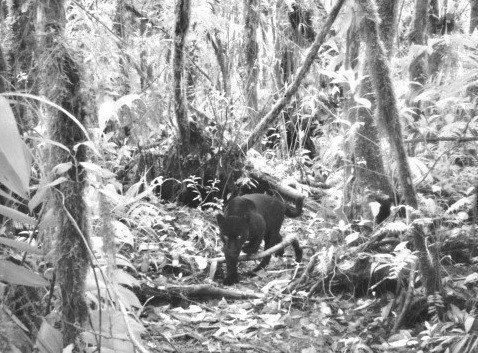
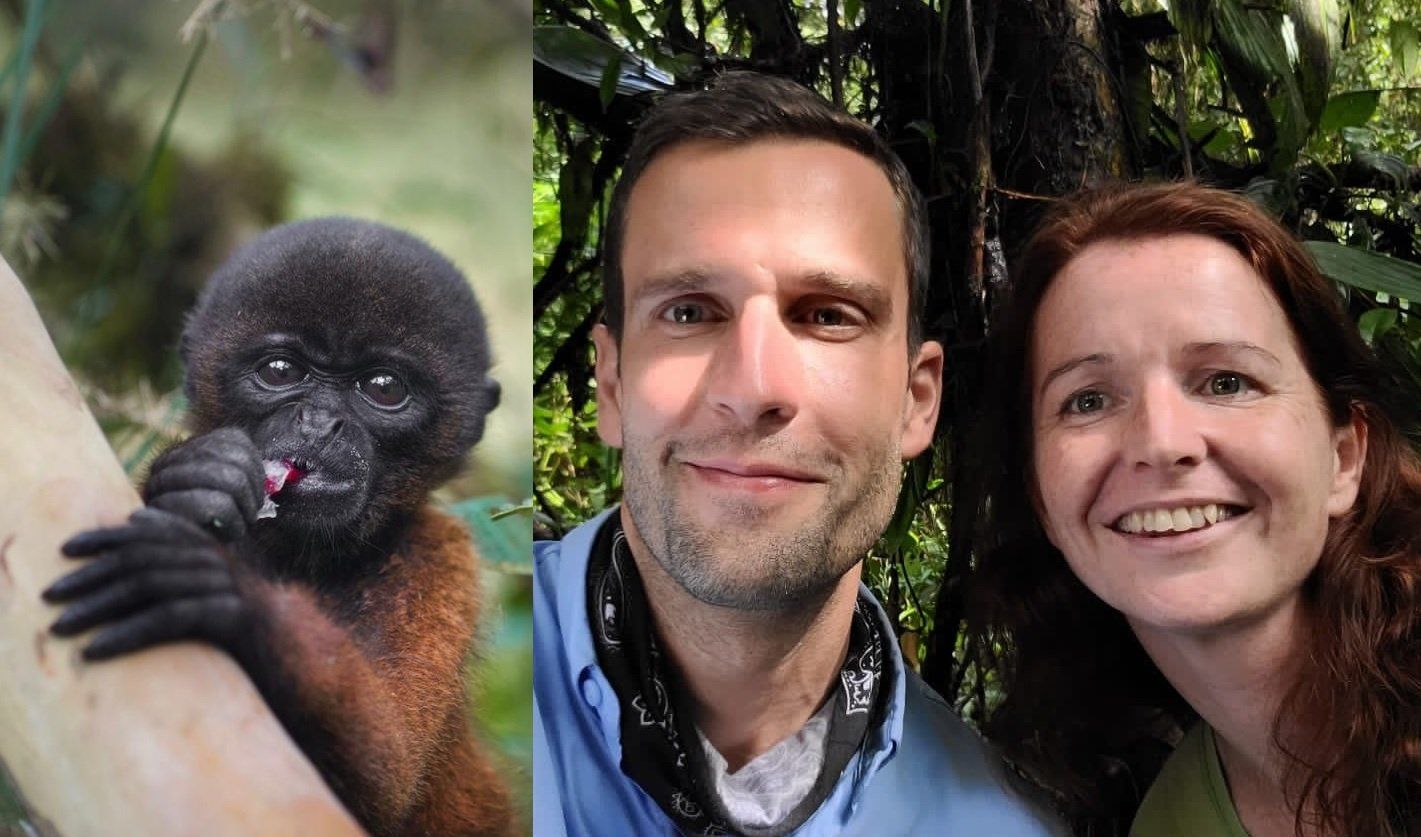
For more information or to volunteer:
WhatsApp:
ANIMAL EMERGENCIES:
All Rights Reserved | Merazonia
Website designed by Whitwell Digital





